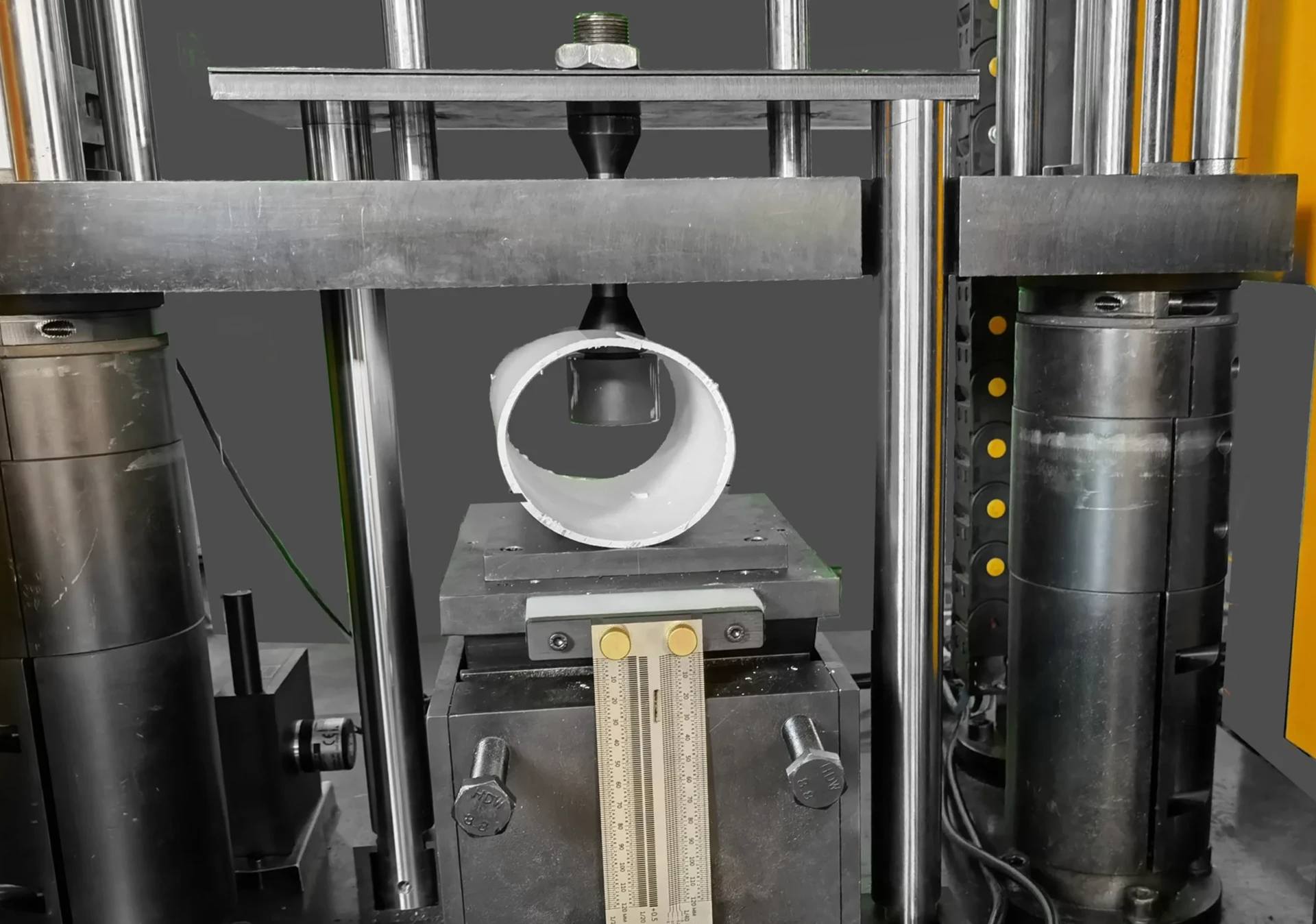ASTM D5276 Drop Test of Packages
The ASTM D5276 drop test is a critical component in evaluating the structural integrity and durability of packaging materials under simulated real-world conditions. This standardized testing method assesses how packages perform when subjected to various drop heights from different angles, simulating potential impacts that can occur during transportation or handling.
The primary goal of ASTM D5276 is to ensure that packaged goods arrive at their destination without damage due to accidental drops or impacts. By adhering to this standard, manufacturers and suppliers can enhance the reliability of their products in transit, thereby improving customer satisfaction and reducing warranty claims.
During the test, packages are subjected to controlled drop events using a free-fall apparatus. The test aims to replicate the worst-case scenario for package impact during shipping or handling by varying factors such as drop height, angle, and the type of surface on which the package lands. This approach ensures that packaging designs can withstand realistic conditions without compromising product integrity.
The ASTM D5276 standard specifies detailed procedures for conducting these tests, including specimen preparation, test setup, and data collection methods. It also provides guidelines for interpreting results based on predefined criteria. Compliance with this standard helps companies meet regulatory requirements while ensuring that their packaging meets or exceeds industry expectations.
One of the key aspects of ASTM D5276 is its emphasis on reproducibility across different facilities and laboratories. By following standardized procedures, labs can ensure consistent results, which builds trust among clients and stakeholders. This consistency is crucial for quality assurance programs aimed at maintaining high standards throughout supply chains.
Another important consideration in ASTM D5276 testing involves understanding the environmental factors that might influence package performance. For instance, temperature fluctuations or humidity levels can affect how packages behave during drops. Therefore, it's essential to consider these variables when designing tests and interpreting results accurately.
In summary, ASTM D5276 plays a vital role in ensuring that packaging meets stringent quality standards by simulating real-world scenarios where packages may experience impacts. By adhering to this standard, companies can enhance product safety, reduce risk of damage during transit, and ultimately improve overall customer satisfaction.
Industry Applications
The ASTM D5276 drop test finds applications across various industries that rely heavily on reliable packaging solutions. These include:
- Pharmaceuticals: Ensuring that medication bottles or containers are robust enough to withstand transportation without breaking.
- Electronics: Protecting delicate components like circuit boards from potential damage during shipping.
- Fashion & Apparel: Preventing fabric tears or structural failures in clothing packaging.
- Grocery Stores: Making sure that perishable items arrive at stores safely intact.
In addition to these sectors, many companies involved in manufacturing and logistics use ASTM D5276 as part of their broader quality control processes. By incorporating this testing into their workflows, they can identify areas for improvement early on and make necessary adjustments before products reach customers.
Environmental and Sustainability Contributions
- Eco-friendly Packaging Design: By identifying weak points in packaging through ASTM D5276 testing, manufacturers can redesign packages to be more sustainable without compromising protection.
- Reduced Waste: Improved package resilience means fewer returns due to damage, leading to less waste overall.
- Better Resource Utilization: Optimized packaging design reduces the amount of material needed per unit, conserving resources and lowering costs.
Use Cases and Application Examples
A recent case study involved a leading electronics manufacturer who sought to improve its shipping containers for high-value components. After conducting ASTM D5276 tests, they discovered that certain corners of the container were more susceptible to damage during drops from heights commonly experienced in transit.
Based on these findings, the company adjusted the corner reinforcements and conducted further testing until they achieved satisfactory results. As a result, there was a significant reduction in damaged goods, leading to cost savings and enhanced customer satisfaction.
In another instance, a pharmaceutical firm wanted to ensure that its insulin vials arrived safely at healthcare facilities despite rough handling during transport. Through ASTM D5276 testing, they were able to optimize the design of their packaging, ensuring that even under extreme conditions, the vials remained intact.





